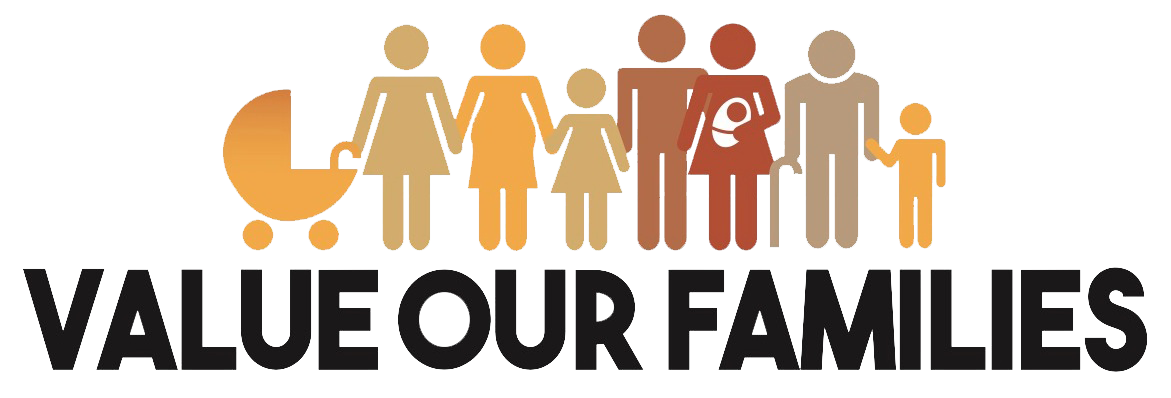
Resources
Value Our Families has created resources for organizations and people interested in joining the effort to protect, preserve, and expand family-based immigration. For campaign-specific materials, visit our campaigns page.
FAQ
What is family-based immigration?
It is the primary mechanism for immigration to the United States. Our family immigration system was established by the Immigration and Nationality Act of 1965 to end the racist national origin quotas which previously had heavily favored immigrants from Northern and Western Europe and began with the Chinese Exclusion Act of 1882.
Currently, U.S. citizens and lawful permanent residents (LPRs) can sponsor certain family members for a visa that provides permanent residence, also known as a green card. Today, family visas account for about 65 percent of immigration visas each year.
Who is eligible for a family visa?
Immediate relatives: spouses of U.S. citizens; unmarried children of U.S. citizens under age 21; orphans adopted abroad; orphans to be adopted in the U.S. by U.S. citizens; and parents of U.S. citizens age 21 or older.
What are family preference categories?
Most people who come to the U.S. through family immigration are spouses or children of U.S. citizens or LPRs. In 2015, spouses and children accounted for 69 percent of family immigration and 44 percent of total immigration. U.S. citizens and LPRs can only sponsor family members in the following categories:
Unmarried children of U.S. citizens or of their spouses
Minor children and unmarried sons and daughters over 21 of LPRs
Married children of U.S. citizens and their spouses, and minor children
Siblings of U.S. citizens over age 21, their spouses and minor children
How many relatives does an immigrant typically sponsor?
In recent decades, the typical immigrant has sponsored approximately 3.5 relatives, including spouses and children.
What are the requirements for family visas?
Sponsor in the U.S., who must submit a signed affidavit of support promising they will be financially responsible for the applicant(s)
Application
Numerous screenings and background checks
Interview, fee, and medical examination
Are there problems with the family immigration system?
Yes. It can take years or even decades for a family member to get their visa. The U.S. government issues a maximum 480,000 family visas per fiscal year, and no country of origin can account for more than seven percent of that figure. The high demand for family visas from certain countries contributes to substantial backlogs in most family preference categories. In FY 2017, there was a 35 percent increase in the backlog of petition for non-immediate family members.
Advocacy & Campaign Materials
Our VOF one-pager in color and in black-and-white for office printing purposes
Our Value Our Families advocacy manual, to help people and organizations educate their communities and elected officials about family-based immigration. It includes talking points, sample action alerts for email lists, templates for local welcome resolutions, and sample letters to state/local elected officials



